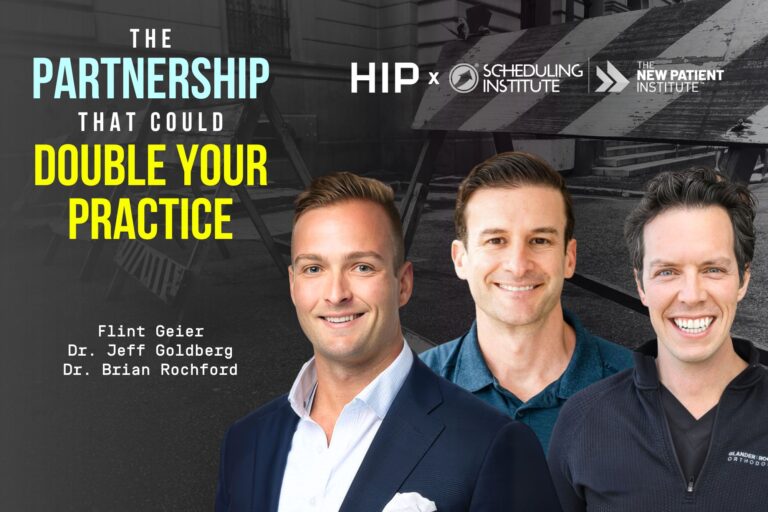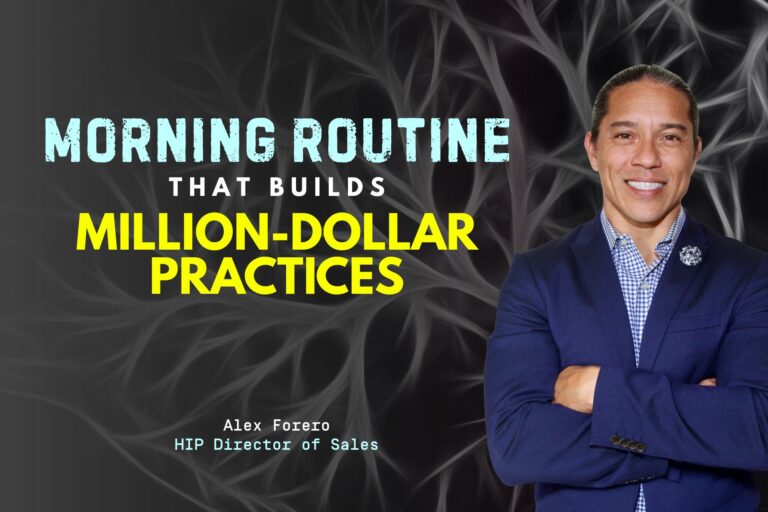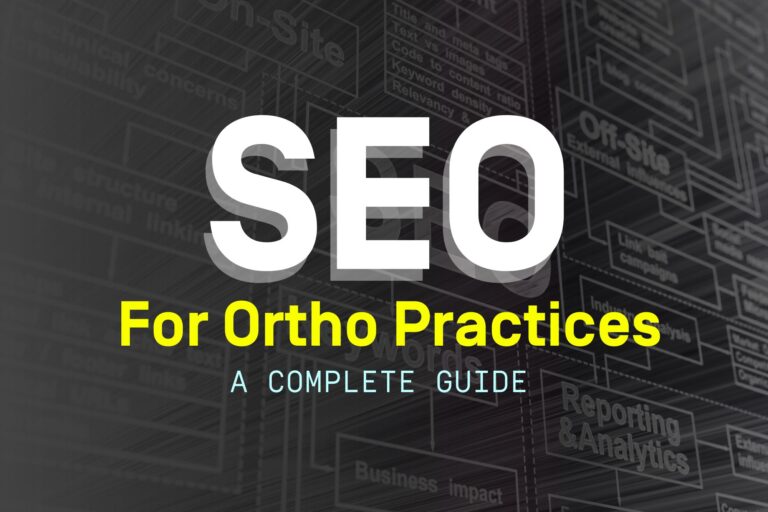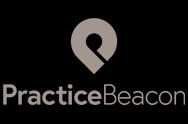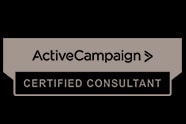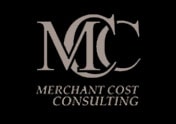Subscribe: RSS
Your most loyal team member just cost you $50,000 this year. She’s been with you for eight years. Patients love her. She’d take a bullet for your practice. And she’s systematically destroying your new patient conversion without even knowing it.
Dr. Brian Rochford discovered this truth through a flash drive that arrived in his mail from the Scheduling Institute. What he heard on that recorded call made him want to “immediately log off” – not because his team member had bad intentions, but because she had zero training on systems that actually convert callers into patients.
“It was one of our team members who’s still with our team, who we loved, was an awesome team member who I did not set up for success,” Dr. Rochford recalls. “The phone call was the most cringiest thing I’d ever heard. I couldn’t even hardly finish it, it was so bad. Not because of any bad intentions, because of bad training.”
The biggest barrier to practice growth isn’t bad team members. It’s good team members operating without proper systems and training.
Watch GrowOrtho episode here.
The Loyalty Trap That’s Costing You Patients
You trust your longtime team members. They care about patients. They show up every day with genuine intention to help. But intention without infrastructure creates expensive blind spots.
The false security of tenure tricks practice owners into assuming experience equals effectiveness. Dr. Jeff Goldberg learned this lesson when implementing new phone protocols at his North Carolina practice. “I had some that were here 20, 30 years. ‘I know how to answer the phone. Don’t tell me how to do my job. You know, I’ve been doing it this way for so long, there’s no reason for a consultant to come in and tell me how to do any better. I’ve been doing it longer than he’s been alive.'”
Length of service doesn’t equal skill at patient conversion. Your eight-year veteran might excel at scheduling existing patients but stumble through new patient calls because she’s never been taught the difference.
Intention vs. impact creates the cruelest trap of all. Your team member genuinely wants to help every caller. She spends 15 minutes gathering insurance information, asking about their dog, building rapport. Meanwhile, three other calls go to voicemail because she’s tied up being “helpful.” Those missed calls represent $18,000 in lost annual revenue per call, based on average orthodontic case values.
The “we’ve always done it this way” blindness affects successful practices most. When referrals flow naturally and the schedule stays full, informal systems feel adequate. But informal systems can’t scale. They create what Dr. Rochford calls a “multimillion-dollar lemonade stand” – profitable but primitive.
The Real-Time Reality Check Every Practice Needs
Dr. Rochford’s flash drive moment reveals why assumptions about phone performance are dangerous. “I was like, you got me. Let’s give him a call,” he says about his reaction to hearing the recorded call.
The power of recorded evidence cuts through the comfort of assumptions. Most practice owners believe their phones are handled well because they see their team’s genuine care for patients. But care without conversion methodology produces random results. Some callers book appointments. Others don’t. Nobody knows why.
Recording reveals the gap between what you think happens and what actually happens. Dr. Goldberg discovered his team was spending precious time on low-value activities while high-value opportunities slipped away. “We were spending 15 minutes on a call trying to get someone’s insurance, talking about their dog, whatever, and the phone’s ringing and then, you know, maybe a missed new patient because they were busy trying to give that one patient service.”
The cringe factor as a growth indicator provides instant diagnostic clarity. If you can’t comfortably listen to your team’s new patient calls, neither can your potential patients sit through them. The emotional reaction Dr. Rochford felt – wanting to “immediately log off” – signals the difference between amateur and professional patient conversion.
The infrastructure vs. intention gap explains why good people produce poor results. Your team member isn’t failing because she doesn’t care. She’s failing because she’s never been taught the specific steps that turn curiosity into commitment. Without a systematic approach, even caring people rely on hope and personality instead of proven conversion methodology.
The Two-Path Decision Point for Practice Owners
Every practice owner faces this choice: accept current limitations or invest in systematic improvement. There’s no middle ground.
Path 1: The comfort choice means keeping beloved team members comfortable at the expense of practice growth. You avoid the temporary discomfort of implementing new systems. You preserve the illusion that good intentions equal good results. You cap your practice’s potential at whatever informal systems can produce.
Dr. Goldberg saw practices choose this path. “There’s a company I went to, forgot the name of it, but they would search our text, our copy, and there would be like 40 offices with the same exact copy, both on the website or the ads. And it’s like, you’re not differentiating yourself.”
Path 2: The systems choice requires short-term discomfort for long-term exponential growth. You implement training that transforms good intentions into measurable results. You face initial resistance from team members who interpret new systems as criticism of their current efforts. You commit to consistency even when it feels unnatural.
Dr. Goldberg chose this path despite initial team resistance. “The whole office blew up. Why are we doing this? It was tremendous resistance. And it was kind of like…this is not really an option. You can fight it all you want, but this is what we’re going to do.”
The false dilemma assumes you must choose between team harmony and practice growth. The truth: proper training enhances team confidence and patient satisfaction simultaneously. Dr. Goldberg’s team became competitive about their conversion metrics once they understood the system. “They’re also very competitive, which I thought was great. So that star rating is very good for their personalities where it’s like, I’m gonna get me a five star and I’m gonna do it faster than anybody else.”
Building Systems That Amplify Your Team’s Natural Strengths
Effective phone training doesn’t replace personality with scripts. It provides structure that lets personality drive better results.
The “addition not subtraction” principle ensures team members feel enhanced, not diminished. Dr. Rochford explains: “We brought to our business systems protocols, standard operating procedures for everything. So there is not a question about what you’re supposed to be doing. Here’s what you do, here’s how you do it.”
Clear expectations eliminate the anxiety of guessing what constitutes good performance. Your caring team member can focus her natural empathy on conversion-focused conversations instead of rambling rapport-building that leads nowhere.
Creating measurable standards transforms subjective “be nice” directions into objective performance metrics. Instead of hoping team members handle calls well, you track specific conversion behaviors: appointment booking rate, call duration, follow-up completion, no-show prevention.
Dr. Goldberg’s practice tracks these metrics religiously. “We know that the phones are being handled properly. We got training on what happens after a new patient walks in our door. So how we develop that experience, how we get them to yes.”
The psychological safety of structure reduces team member stress while improving patient experience. When everyone knows the system, performance becomes predictable. Team members gain confidence. Patients receive consistent service regardless of who answers the phone.
Dr. Rochford saw this transformation firsthand. “That has really made it easy to keep the resentment away because people know what they’re doing. They’re either performing well or they’re not. We have data to show, you know, here’s what the expectation was.”
Practical Implementation Strategy
Transform your phone performance with these specific steps:
Step 1: Record and review three random new patient calls this week. Use a HIPAA-compliant recording system with proper patient consent. Listen for conversion gaps: unclear next steps, missing urgency creation, failure to address common objections.
Step 2: Identify the gap between intention and execution. Map what your team thinks they’re doing versus what actually happens. Most teams believe they’re asking for the appointment. Recording reveals they’re hinting at it instead.
Step 3: Choose your path. Accept current limitations or commit to systematic improvement. Half-measures produce half-results. Dr. Goldberg emphasizes: “You gotta commit. The second you say we’re gonna try, you lost.”
Step 4: Implement the champion strategy. Appoint internal team members to own the new system. Dr. Rochford explains: “I had people within our office that I made champions of both HIP and Scheduling Institute and made sure they were the rah-rah cheerleaders.”
Step 5: Track conversion metrics weekly. Measure what matters: booking percentage, call duration, no-show rate, conversion to treatment. What gets measured gets improved.
From Cringe to Conversion
Dr. Rochford’s practice grew 22 percent after implementing proper phone systems – not by replacing his loyal team member, but by giving her tools to turn natural care into measurable patient conversion. Dr. Goldberg achieved similar results, growing from 900 starts annually to over 1,200 starts.
Your flash drive moment is waiting. The question isn’t whether your team cares about patients. It’s whether you care enough about your team to give them the systems they need to succeed.
The most expensive recording you’ll ever hear might be the one happening on your phones right now. But the most profitable decision you’ll ever make is choosing to do something about it.
Stop hoping your good intentions produce good results. Start measuring them.
Ready to transform your phone performance from cringe-worthy to conversion-focused? Discover how systematic training can turn your caring team members into patient conversion experts. Book a call with HIP and the Scheduling Institute.

